DIY hose guides are simple, cost-effective solutions to protect plants and organize garden hoses. Using materials like rebar, copper pipe, and decorative knobs, they offer both functionality and style while keeping hoses neatly in place, preventing damage to plants and landscaping.
Why DIY Hose Guides Are Essential for Garden Maintenance
DIY hose guides are essential for protecting plants from damage caused by heavy hoses and ensuring proper water distribution. They keep hoses organized, preventing kinking and tangling, while adding a decorative touch to your garden. By using durable materials like copper and rebar, these guides provide long-lasting support. Homemade designs allow for customization, fitting your garden’s unique style and needs. This cost-effective solution enhances garden maintenance efficiency and preserves the beauty of your landscaping, making it a practical and aesthetic addition to any gardening setup.
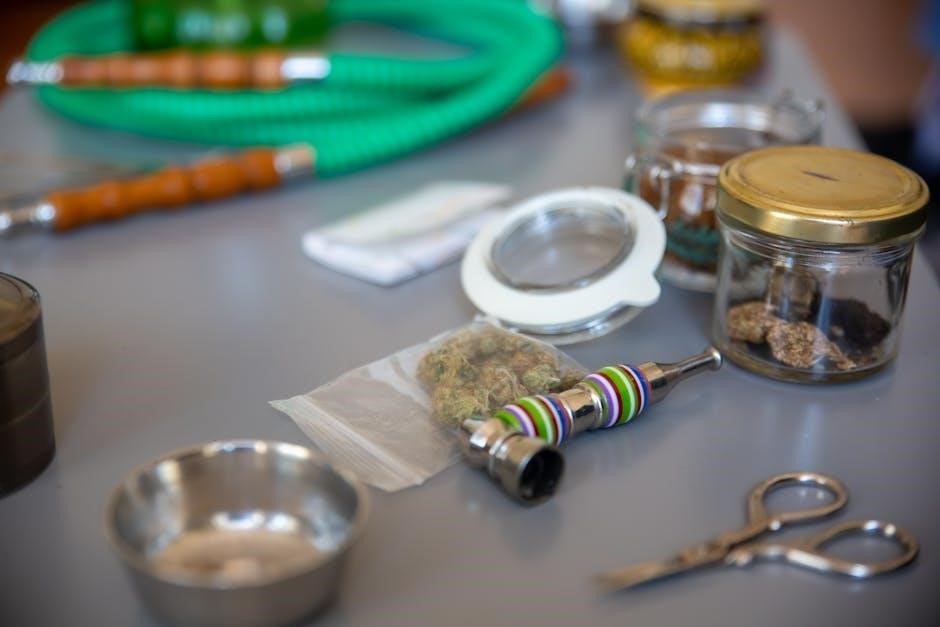
Materials Needed for DIY Hose Guides
Rebar, copper pipe, and decorative hardware like vintage knobs or cabinet pulls are essential materials for creating durable and stylish DIY hose guides for your garden.
Rebar for Sturdy Base Construction
Rebar is an ideal choice for constructing the base of DIY hose guides due to its durability and strength. It provides a sturdy foundation that can withstand outdoor conditions and support the weight of the hose. Rebar is cost-effective and easy to work with, making it perfect for this project. By hammering the rebar stakes into the ground, you create a stable and long-lasting structure for your hose guides. Proper placement is crucial, as rebar is difficult to remove once installed, ensuring a reliable and secure setup for your garden hose system.
Copper Pipe for Durability and Aesthetic Appeal
Copper pipe adds both durability and a touch of elegance to DIY hose guides. Resistant to corrosion, it ensures long-lasting performance while enhancing the visual appeal of your garden. The classic look of copper complements various garden styles, making it a versatile material. Cutting copper pipe into 20-inch lengths provides the perfect size for guiding hoses without obstructing plant growth. Its natural beauty and strength make copper pipe an excellent choice for creating functional and visually pleasing hose guides that withstand the elements and beautify your outdoor space.
Decorative Cabinet Pulls or Vintage Knobs for Unique Design
Decorative cabinet pulls or vintage knobs add a personalized touch to your DIY hose guides. These unique hardware pieces not only hold the hose securely but also bring a stylish, one-of-a-kind look to your garden. Whether using new pulls or upcycled vintage knobs, they offer a creative way to express your personal style while ensuring the hose stays in place. This design element allows you to blend functionality with aesthetic appeal, making your hose guides stand out as both practical and decorative features in your outdoor space.
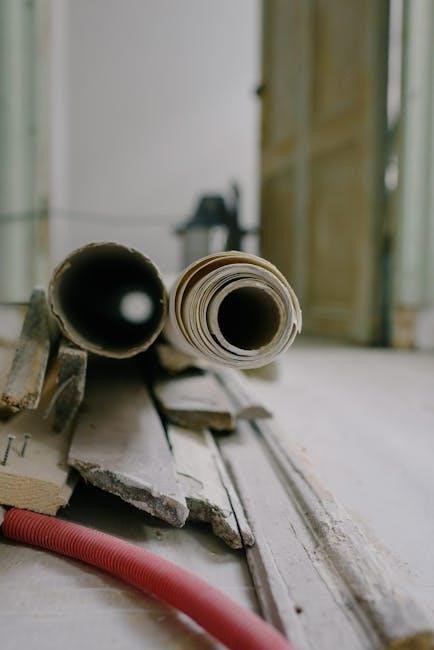
Tools Required for the Project

A tape measure ensures accurate cuts, while a pipe cutter and rubber mallet help with precise pipe cutting and secure stake installation for a sturdy DIY hose guide setup.
Tape Measure for Accurate Cutting
A tape measure is essential for ensuring precise measurements when cutting materials like copper pipe or rebar. By marking off accurate lengths, you avoid waste and ensure a proper fit. For instance, measuring 20-inch sections of copper pipe guarantees uniformity in your hose guide design. Accurate cutting also prevents unevenness, making the final product more visually appealing. Use the tape measure to double-check your markings before cutting, ensuring each piece aligns perfectly during assembly. This step is crucial for a professional-looking DIY hose guide that functions smoothly and withstands regular use.
Pipe Cutter for Precision
A pipe cutter is indispensable for achieving clean, precise cuts on copper pipes. It ensures smooth, even edges that fit perfectly during assembly. By scoring the pipe with the cutter, you maintain consistency in length and appearance. This tool is especially crucial when working with copper, as it prevents burrs and irregular cuts that could weaken the material. Using a pipe cutter guarantees professional-looking results, making your DIY hose guide both durable and visually appealing. It’s a must-have for anyone aiming for precision and quality in their project.
Rubber Mallet for Secure Installation
A rubber mallet is essential for securely installing rebar stakes without damaging the surrounding area. Its soft, non-marking head prevents bending or mushrooming of the metal, ensuring a sturdy base for your hose guide. Gently tapping the stake into the ground with the mallet avoids disrupting nearby plants or soil structure. This tool provides the right amount of force for a snug fit, making the installation process both efficient and gentle on your garden. It’s a simple yet vital component for a stable and long-lasting hose guide setup.
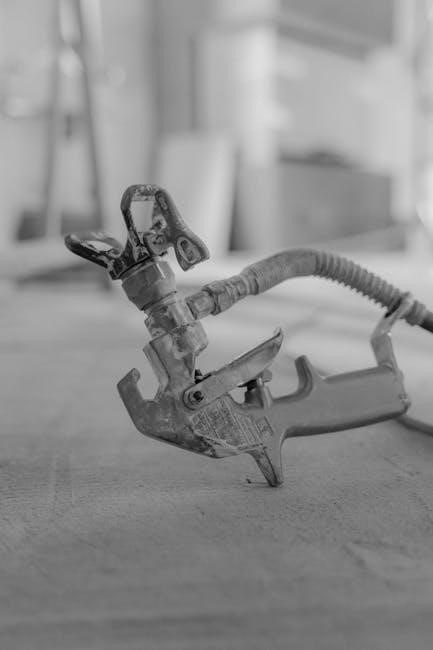
Step-by-Step Guide to Making DIY Hose Guides
Create functional and stylish DIY hose guides by gathering materials, measuring precisely, and assembling components. Customize with decorative elements for a unique, durable solution.
Measuring and Cutting the Copper Pipe
Begin by measuring and marking 20-inch lengths on the copper pipe using a tape measure. This height ensures the guide will be tall enough to hold the hose securely. Carefully cut the pipe at the marked points with a pipe cutter, ensuring clean, precise cuts. Sand the cut ends to smooth any sharp edges. Accurate measuring and cutting are crucial for a sturdy and functional hose guide, preventing the hose from dragging on the ground and protecting your plants from damage.
Assembling the Hose Guide

To assemble the hose guide, slide one end of the copper pipe over the rebar stake, ensuring a snug fit. This creates a stable base. Attach the decorative hardware, such as vintage knobs or cabinet pulls, to the top of the copper pipe. These serve as hooks to hold the hose in place. Make sure the hardware is securely fastened to withstand regular use. The assembly process is straightforward, requiring minimal tools and ensuring a durable, attractive final product that blends functionality with style in your garden.
Installing the Rebar Stakes
Begin by marking the desired locations for the rebar stakes, ensuring they are evenly spaced and aligned. Use a rubber mallet to gently hammer the rebar into the ground at a slight angle to prevent the hose from rubbing against plants. Make sure the stakes are secure and level. Once the paint on the hose guide is dry, slide the copper pipe over the rebar, ensuring a snug fit. This step ensures stability and proper alignment, keeping your garden hose organized and protecting your plants from damage.
Attaching the Decorative Hardware

To add a personalized touch, attach decorative hardware like vintage knobs or cabinet pulls to the copper pipe; Use screws or strong adhesive to secure them, ensuring they are tightly fastened. These decorative elements not only add visual appeal but also provide a sturdy grip for the hose. Choose hardware that complements your garden’s style, such as brass, bronze, or painted finishes. This step allows for creativity and customization, making your DIY hose guide unique and functional while enhancing your garden’s aesthetic. Ensure the hardware is durable to withstand outdoor conditions.
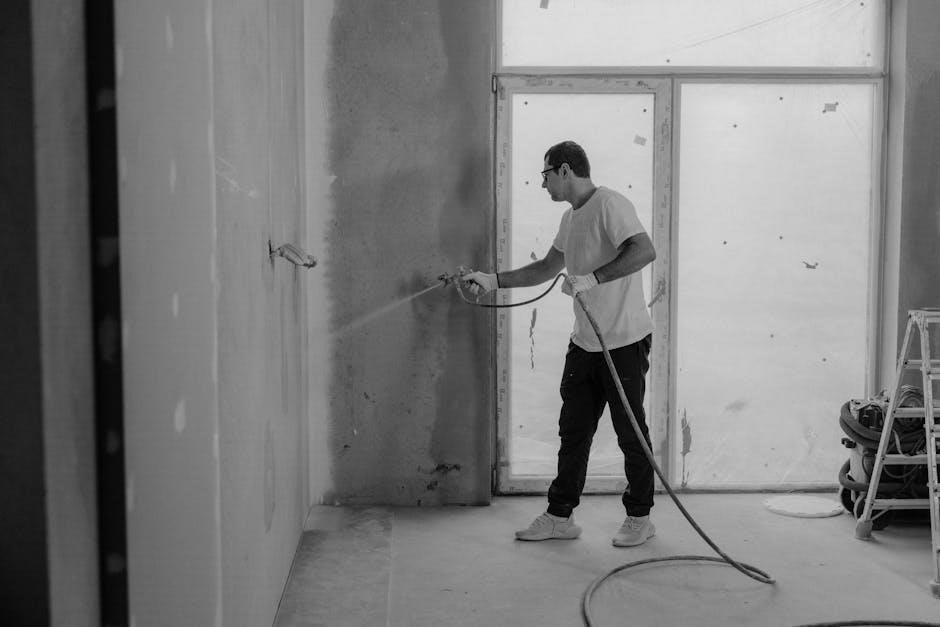
Decorative and Functional Tips
Enhance your DIY hose guide with vintage knobs or drapery finials for a unique look. Paint the pipe for added protection and aesthetic appeal, ensuring durability and style.
Painting the Hose Guide for Added Protection
Painting your DIY hose guide adds an extra layer of protection against the elements and enhances its appearance. Choose a weather-resistant paint that complements your garden decor. Apply a primer first to ensure better adhesion and durability. Allow the paint to dry completely before installing the guide. This step not only prevents rust and corrosion but also gives your hose guide a personalized, polished look that blends seamlessly into your outdoor space while maintaining functionality.

Using Vintage or Unique Materials for Personalization
Adding vintage or unique materials to your DIY hose guide offers a creative way to personalize your garden decor. Items like antique door knobs, drapery finials, or repurposed hardware can add a distinctive touch. These materials not only provide functionality but also introduce a decorative element, making your hose guide stand out. Mixing vintage pieces with modern materials creates a charming, one-of-a-kind design that reflects your personal style and enhances your garden’s aesthetic appeal while protecting your plants from damage.
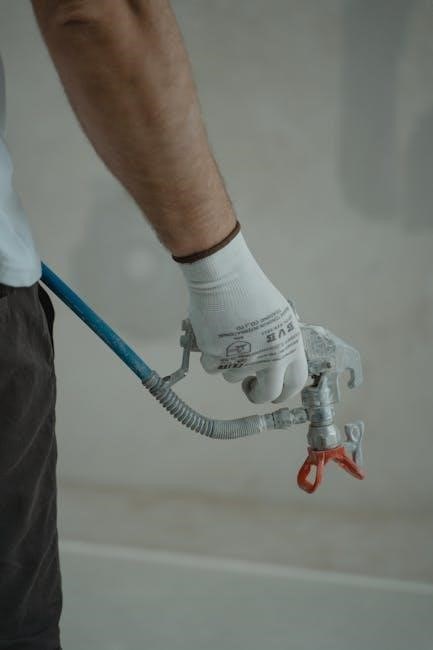
Maintenance and Care
Regularly clean your DIY hose guide to prevent debris buildup. Inspect for damage or wear, and repaint if necessary to maintain durability and appearance over time.
Cleaning the Hose Guide Regularly
Regular cleaning ensures your DIY hose guide remains functional and visually appealing. Use a soft cloth and mild detergent mixed with water to wipe away dirt and debris. Avoid harsh chemicals or abrasive materials that could damage the finish. For copper pipes, a gentle polish can restore shine. Rinse thoroughly and dry to prevent water spots. Clean the hose guide after each use or at least once a month to maintain its durability and aesthetic appeal over time.
Inspecting for Damage or Wear
Regularly inspect your DIY hose guide for signs of damage or wear. Check the rebar for rust or corrosion, which can weaken its structural integrity. Examine the copper pipe for dents, bends, or leaks that might obstruct water flow. Ensure the decorative hardware remains securely attached and hasn’t loosened over time. Addressing issues promptly prevents further damage and ensures the guide continues to protect your plants and hose effectively. Neglecting inspections could lead to a malfunctioning system or potential harm to your garden.
DIY hose guides are a cost-effective, stylish solution for garden maintenance. They protect plants, organize hoses, and enhance your garden’s appearance. A simple yet impactful project!
Final Thoughts on DIY Hose Guides
Creating DIY hose guides is a rewarding project that combines functionality with personal style. Using materials like rebar, copper pipe, and decorative knobs, you can craft durable, visually appealing guides that protect your plants and organize your garden hoses. This cost-effective solution not only saves money but also adds a unique, personalized touch to your outdoor space. With minimal effort and creativity, you can enjoy a well-maintained garden while showcasing your handmade touches. It’s a simple yet impactful way to enhance your gardening experience and keep your yard tidy.
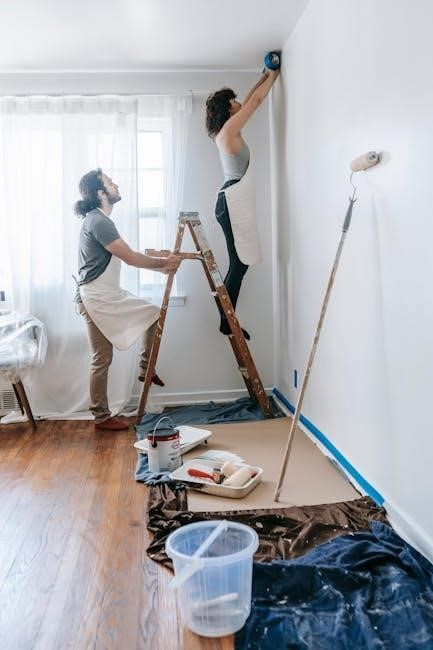
No Responses